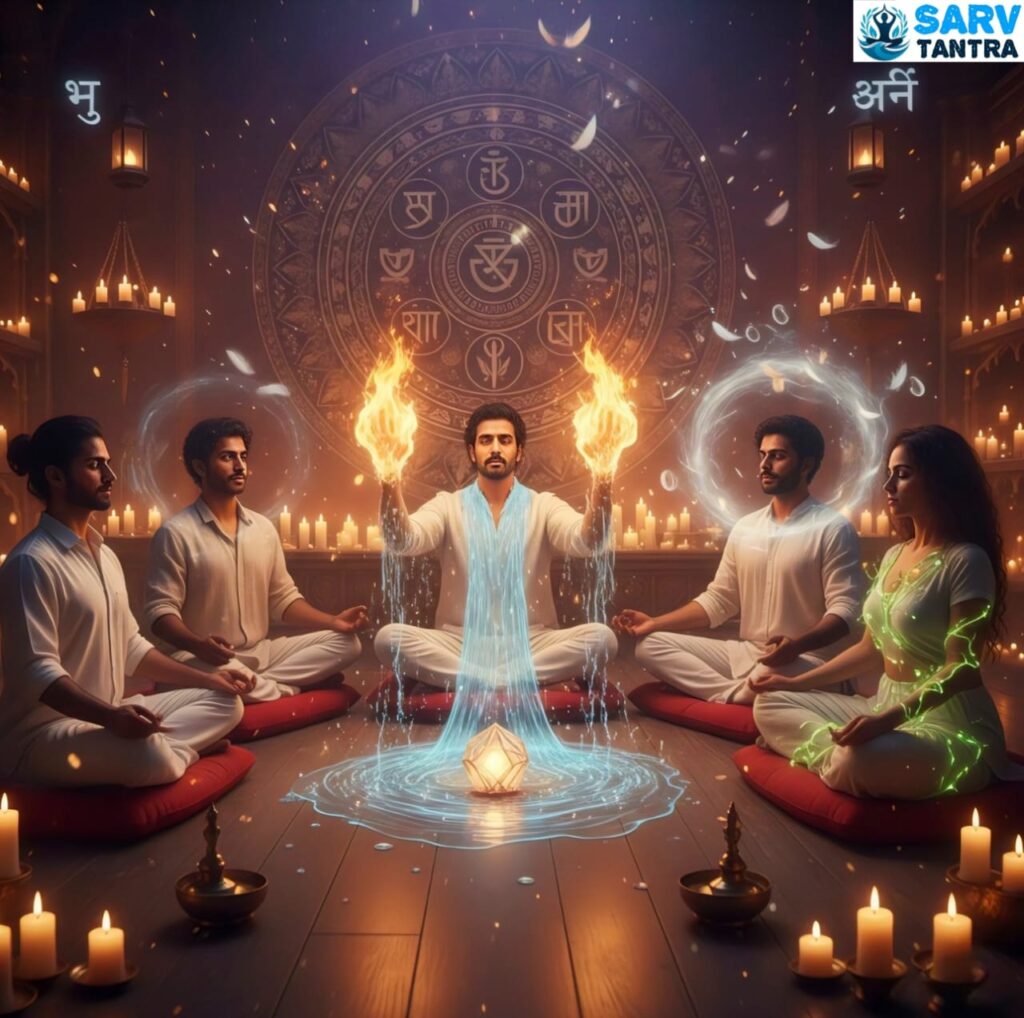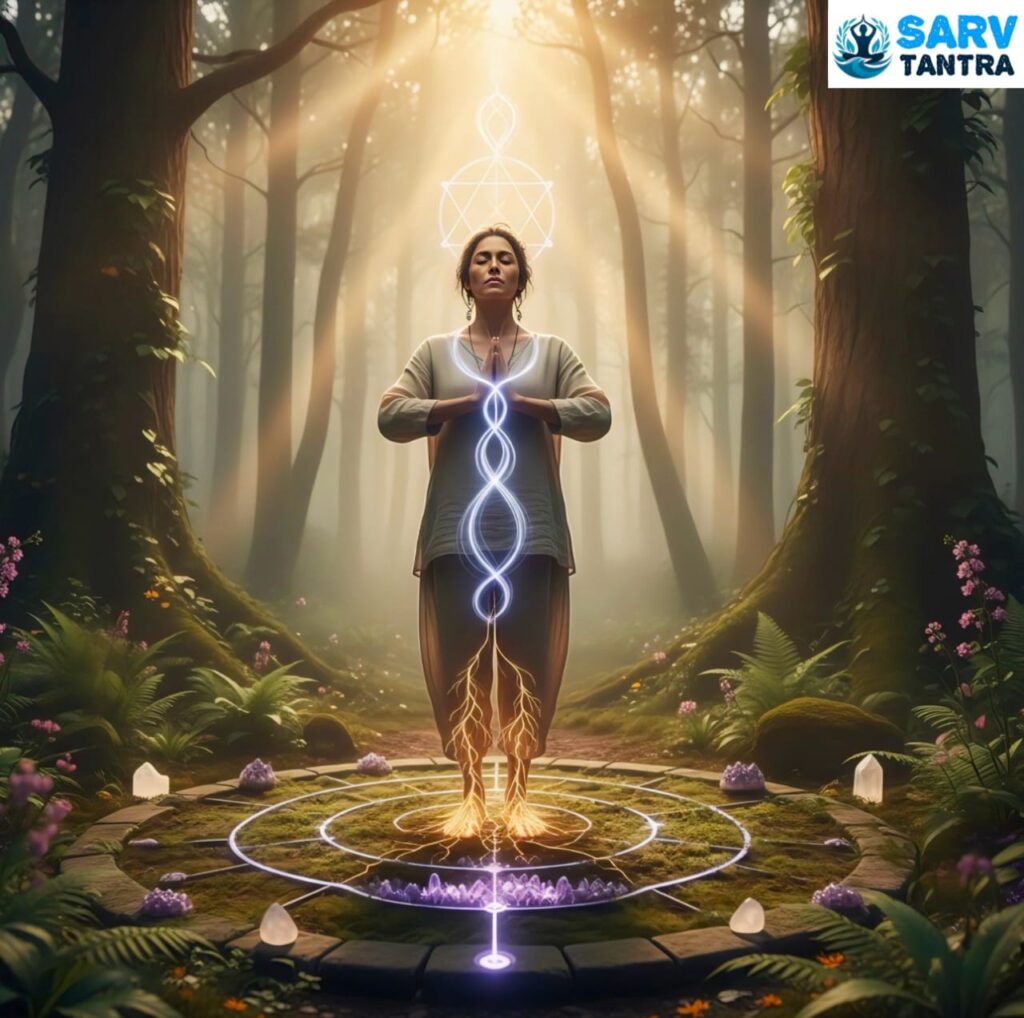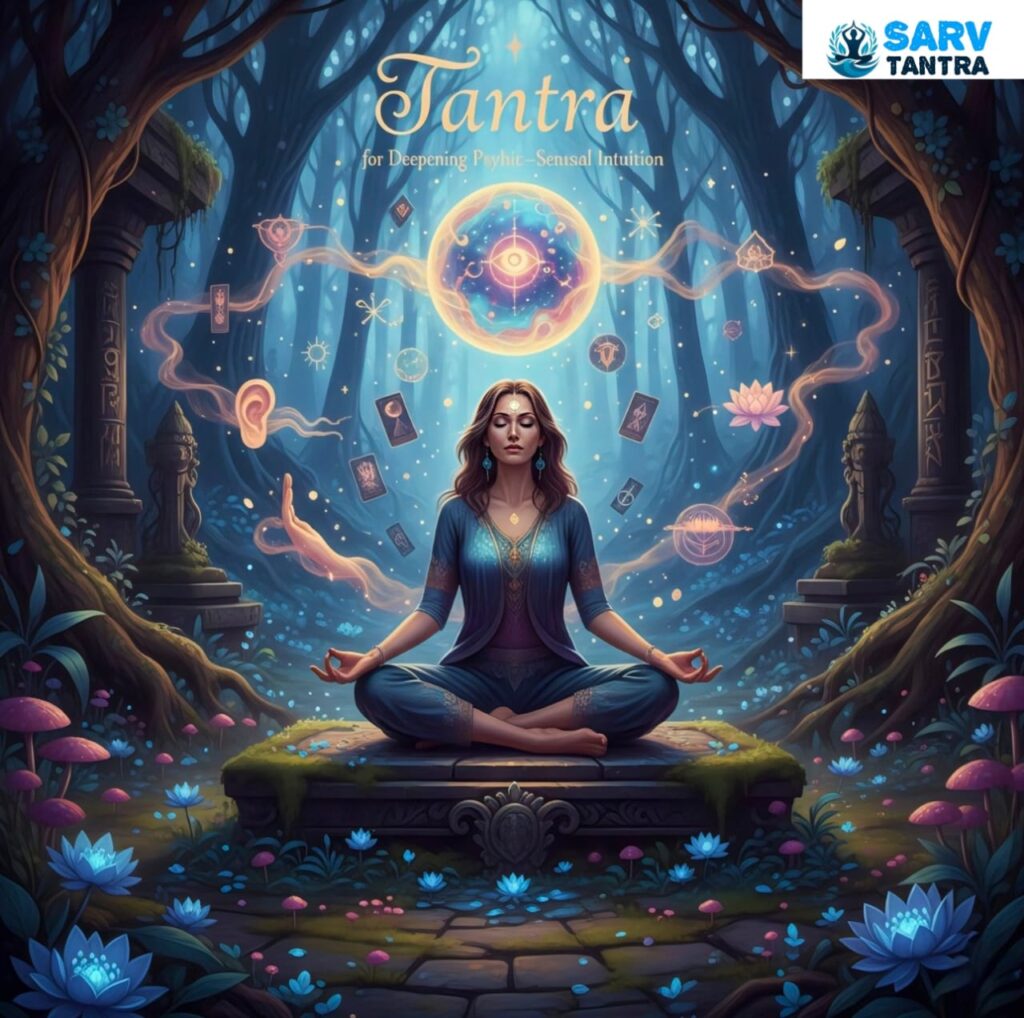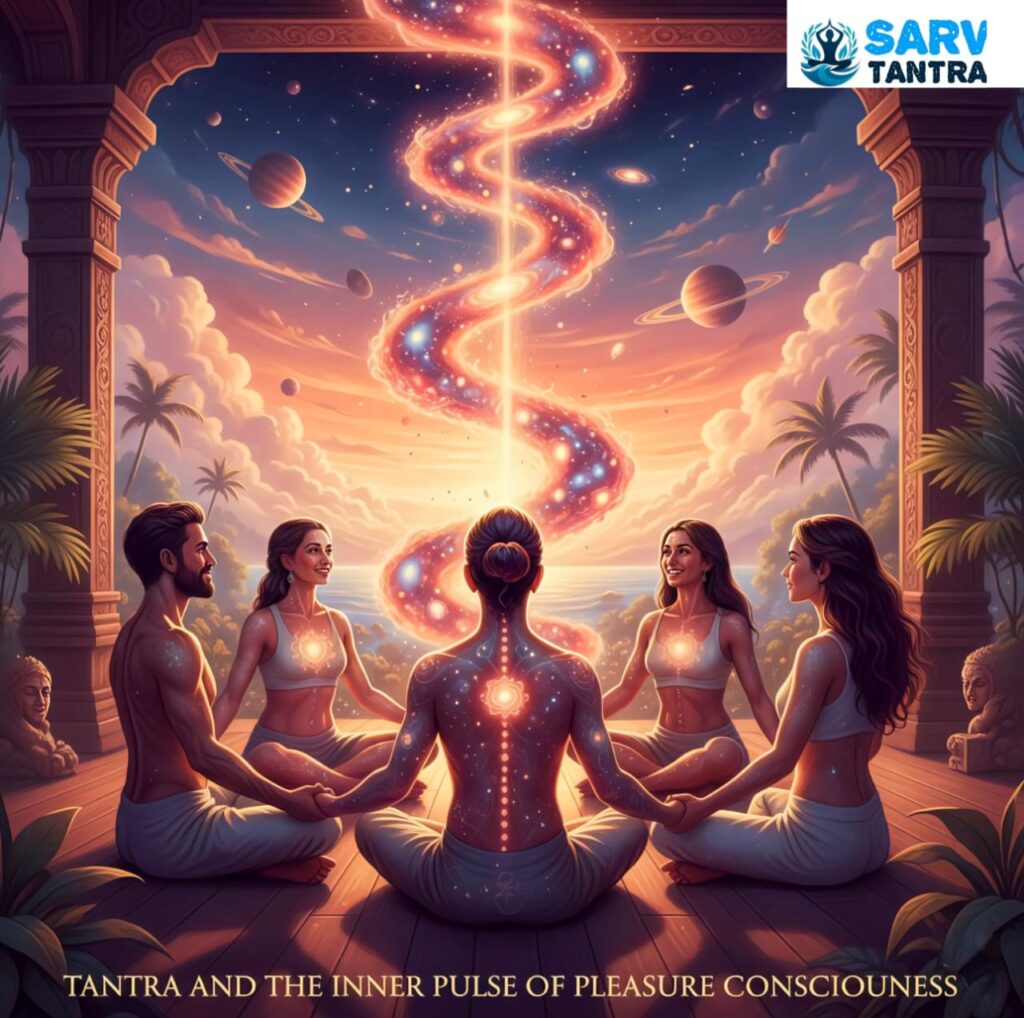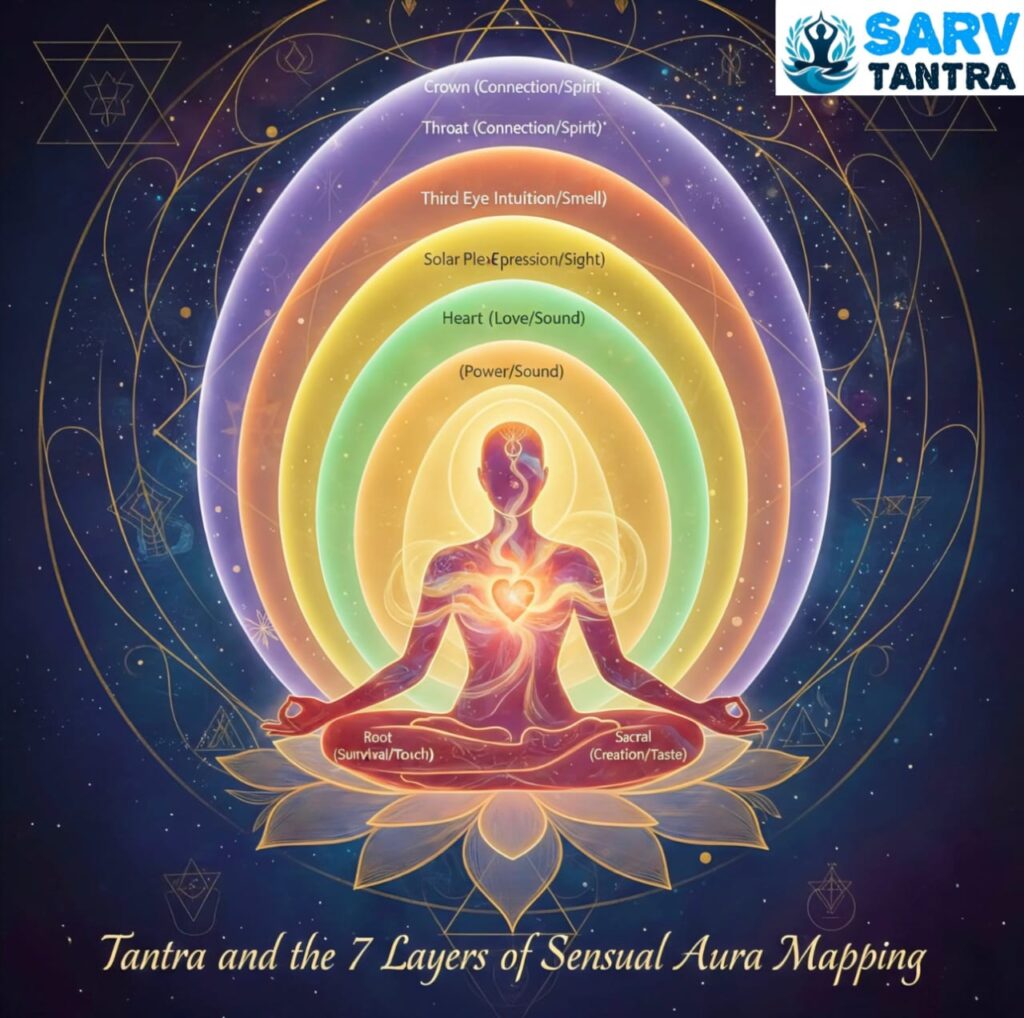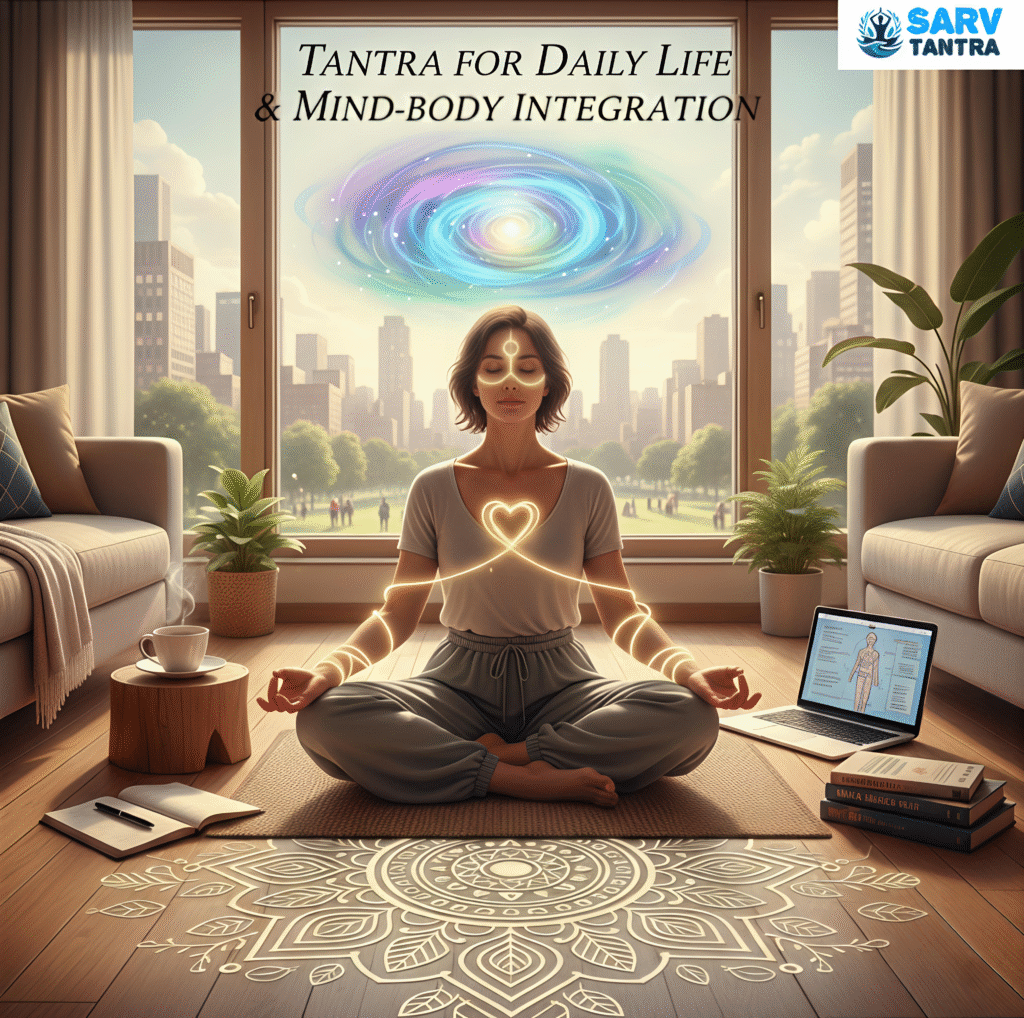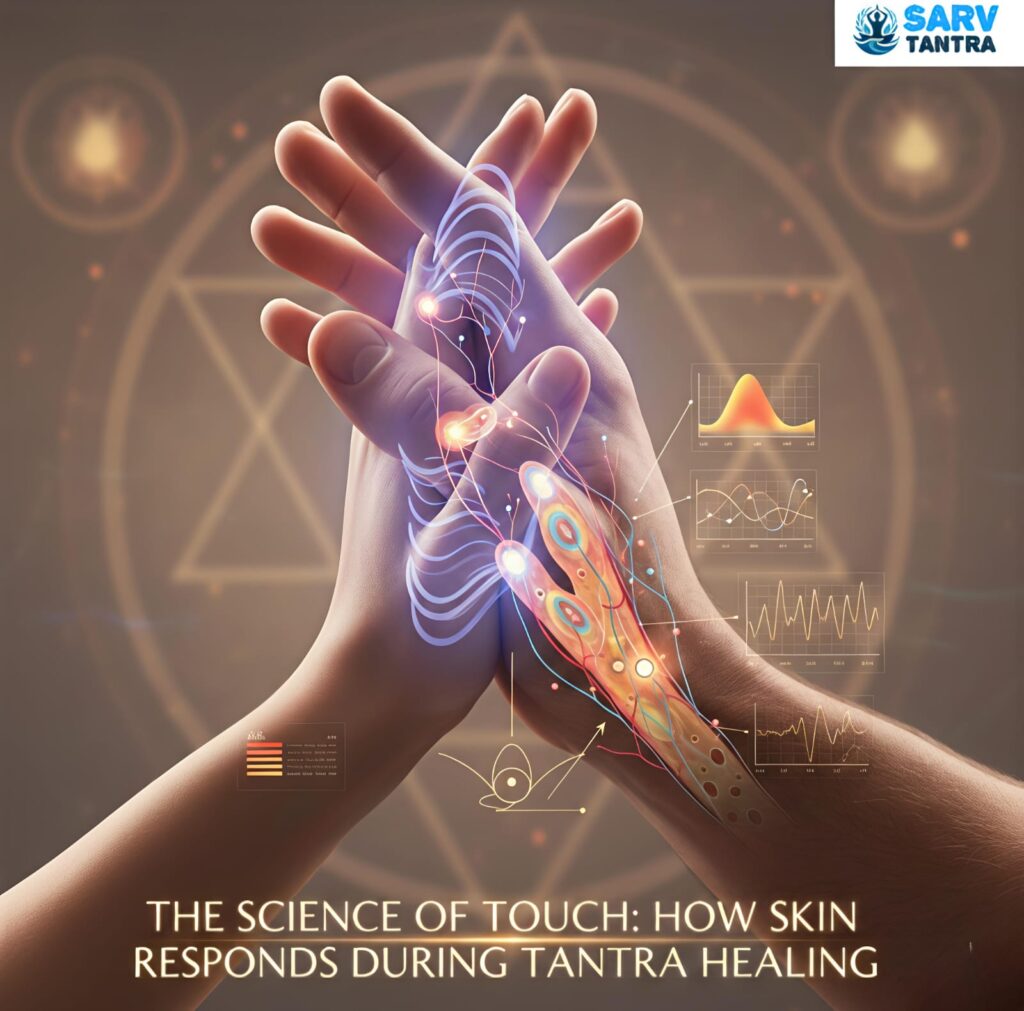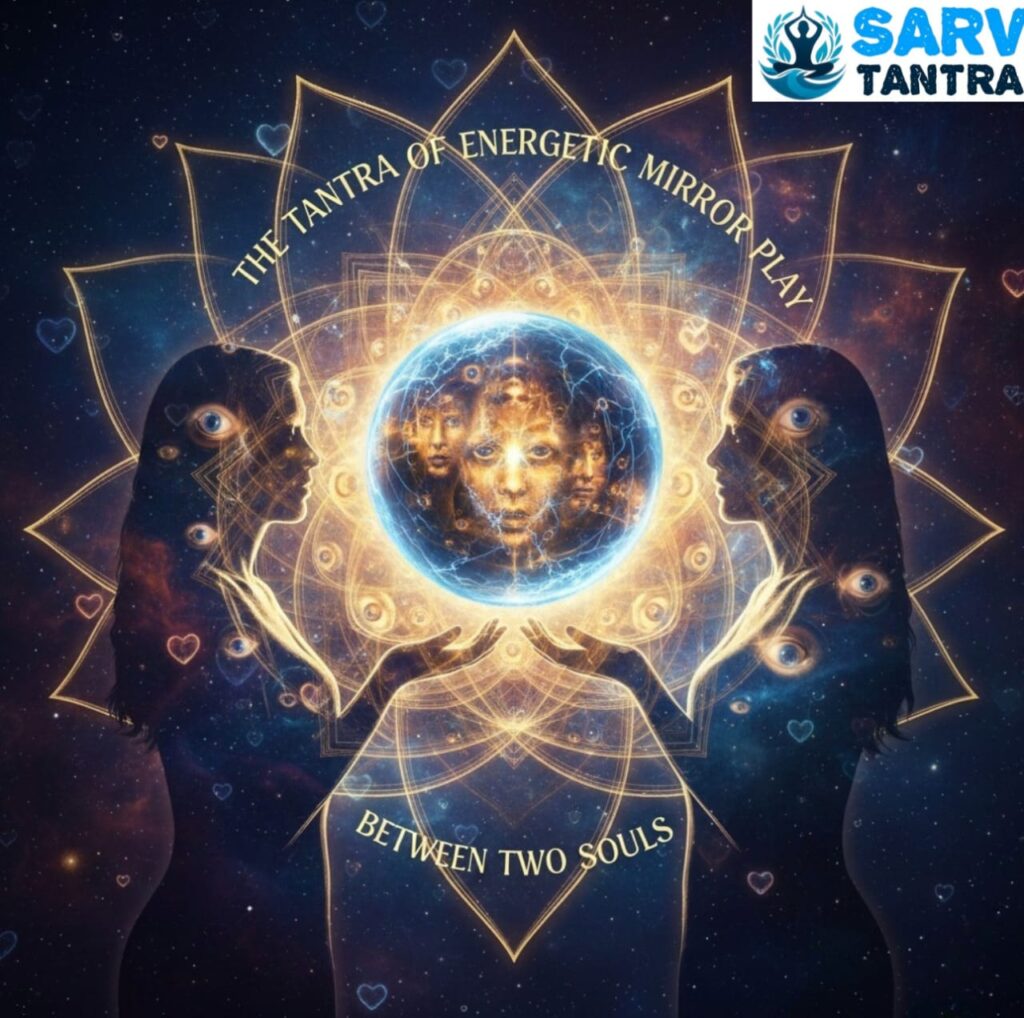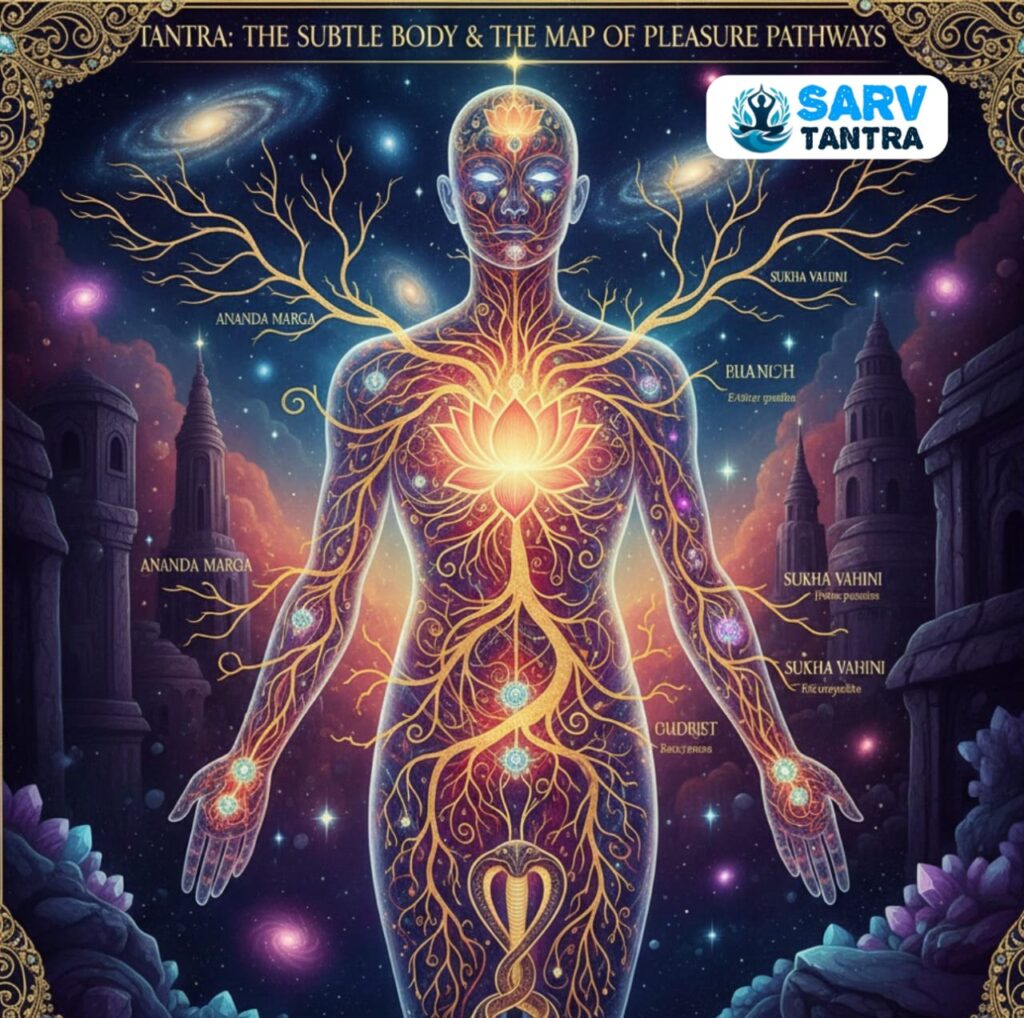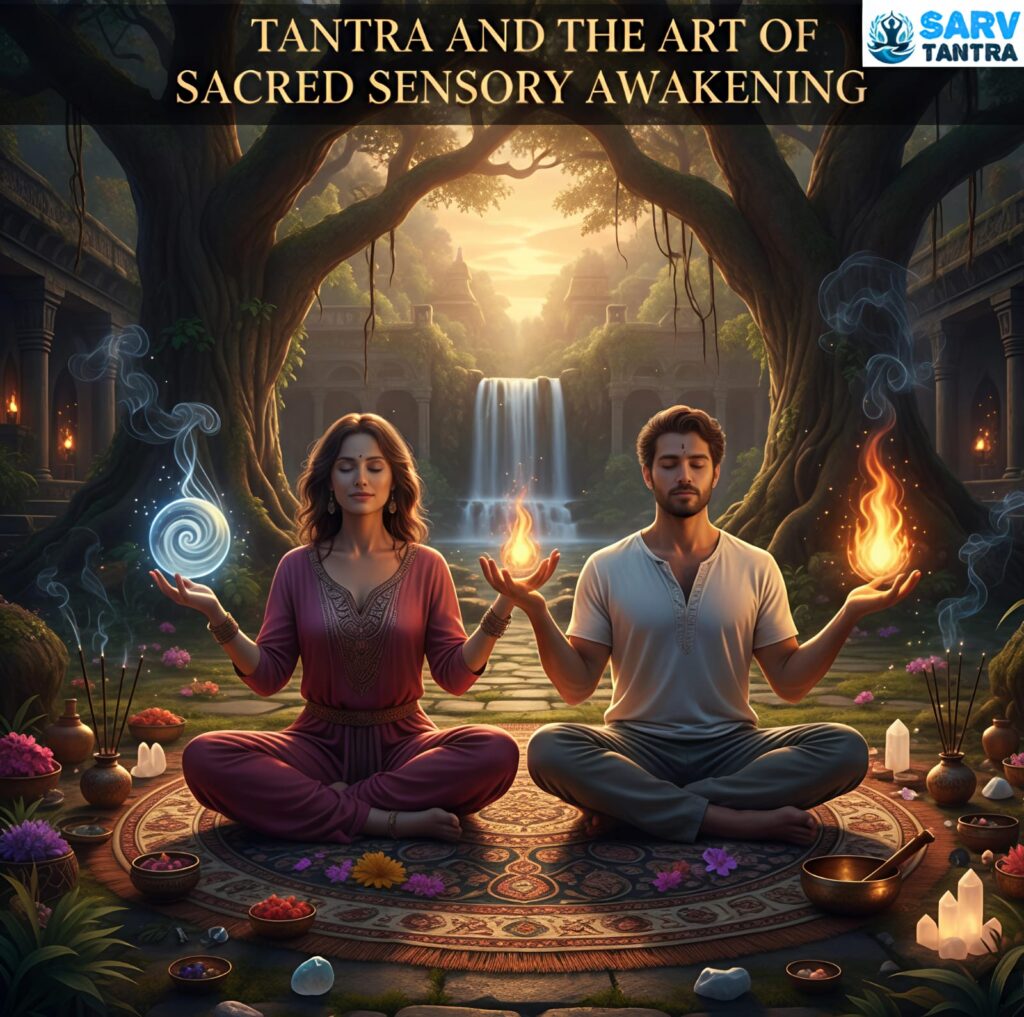Tantra and the Alchemy of the Five Elements: Awakening Consciousness through Earth, Water, Fire, Air, and Space
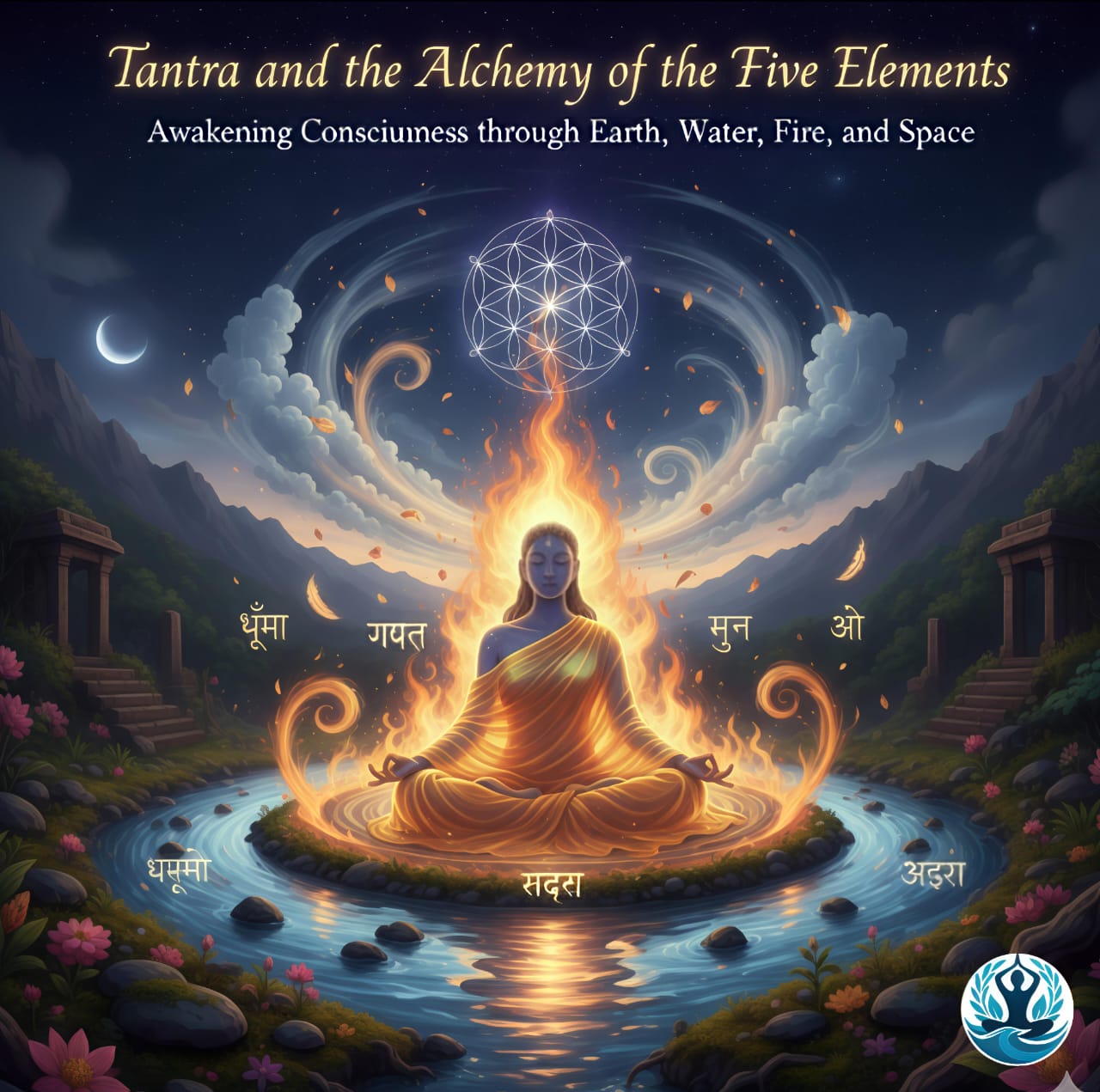
Tantra, as a living science of consciousness, perceives the entire universe — both seen and unseen — as a dynamic interplay of the five great elements, known as Pancha Mahabhuta: Earth (Prithvi), Water (Apas), Fire (Agni), Air (Vayu), and Space (Akasha). These five elements are not mere physical substances but sacred expressions of cosmic intelligence. They exist within every atom of the universe and within every pulse of the human body. To a Tantric, awakening is not an escape from the material world but a deep remembrance of one’s elemental nature — the realization that body, mind, and cosmos are woven from the same primordial essence.
The Tantric seers recognized that creation itself arises from the dance of these five forces. Earth gives form, water gives flow, fire gives transformation, air gives movement, and space gives freedom. When these elements exist in harmony, there is health, clarity, and spiritual alignment. When they fall into imbalance, the being experiences fragmentation, confusion, and suffering. Thus, the path of Tantra is a path of elemental balance — an inner alchemy through which the practitioner transforms density into light, matter into awareness, and the body into a living temple of the divine.
At the heart of Tantric philosophy lies the truth that these elements are not external. The mountains, rivers, and winds outside are mirrors of the inner world. Within the human body, the bones and flesh correspond to Earth; the blood and fluids to Water; the metabolism and passion to Fire; the breath and movement to Air; and the mind and spirit to Space. Tantra invites the seeker to enter into direct communion with these inner elements — to feel, honor, and awaken them until their inherent consciousness reveals itself.
The journey begins with Earth, the foundation of all. Earth represents stability, grounding, and the material form of existence. It teaches patience, endurance, and presence. In Tantric rituals, Earth is honored as the body of the Divine Mother — the solid ground upon which consciousness manifests. When the practitioner attunes to Earth, they cultivate stillness and inner strength. Meditation on the Earth element harmonizes the Muladhara Chakra, the root of stability and survival, grounding the seeker into the sacred reality of the present moment.
Water, the second element, is the principle of emotion, adaptability, and flow. It represents the power of surrender and the capacity to feel deeply. In Tantric practice, water symbolizes purification — the washing away of emotional residues that obscure clarity. When the water element within is balanced, emotions become pathways to love rather than waves of chaos. The Swadhisthana Chakra, located in the sacral region, governs this element and awakens sensuality, creativity, and relational harmony. Through ritual baths, chanting, or meditating on the flow of water, the Tantric learns to merge with life’s current without resistance.
Fire, the third element, is the force of transformation. It represents passion, digestion, light, and spiritual illumination. In Tantra, fire is both physical and metaphysical — the flame that consumes ignorance and reveals the truth. Every desire, anger, or pain becomes fuel for awakening when offered into this inner fire. The Manipura Chakra, the solar plexus, governs this element and radiates personal power, clarity, and will. Through fire rituals (homa), breath control, or inner visualization, the practitioner learns to channel the fire of life with awareness, transforming lower instincts into radiant consciousness.
Air, the fourth element, is the principle of motion and communication. It governs breath, thought, and the invisible energy currents flowing through the subtle body. In Tantra, the breath is not merely a biological function — it is the vehicle of prana, the vital force that animates all life. When prana flows freely, consciousness expands; when obstructed, awareness contracts. The Anahata Chakra, or heart center, is the seat of the air element, where love and freedom unite. Tantric breath practices (pranayama) awaken the sensitivity to subtle vibrations, bridging the physical and spiritual realms through the rhythm of inhalation and exhalation.
Space, or Akasha, is the fifth and most subtle element — the womb of creation, the silence from which all sound arises. It holds everything yet remains untouched by anything. Space is consciousness itself — vast, limitless, and eternal. In the human body, it manifests as awareness, intuition, and the potential for transcendence. The Vishuddha Chakra, located in the throat, governs this element and opens the gateway to higher expression and truth. When the practitioner dissolves into the experience of space, all boundaries vanish, and the individual merges into cosmic unity.
Tantra views the awakening of the five elements as a process of purification and integration. Each element must be honored, balanced, and transmuted. The practitioner learns to move from the gross to the subtle — from form to formlessness. The journey begins with grounding in the Earth element and culminates in merging with Space, the element of pure consciousness. But unlike ascetic traditions that renounce the body, Tantra celebrates the embodiment of all five. The goal is not to transcend the elements but to realize their divinity.
Through ritual, meditation, mantra, and movement, the Tantric awakens the elemental deities within. Each element has its own vibration, color, sound, and yantra. The Earth resonates with the sound “LAM,” Water with “VAM,” Fire with “RAM,” Air with “YAM,” and Space with “HAM.” By meditating on these vibrations, the practitioner aligns the microcosmic energy field with the macrocosmic order. The body becomes a mandala of elements — a sacred vessel through which consciousness experiences itself in endless forms.
The alchemy of the five elements also extends into relationships and emotions. A person dominated by the Earth element may be grounded but rigid; one ruled by Water may be emotional and fluid; Fire may make one passionate or angry; Air brings creativity but also instability; and Space grants vision yet can lead to detachment. Tantra teaches balance — to recognize when one element overwhelms the others and to bring harmony through awareness and practice.
In advanced Tantric teachings, the five elements are dissolved through meditation in reverse order. The practitioner withdraws consciousness from Earth into Water, from Water into Fire, from Fire into Air, from Air into Space, and finally from Space into pure Awareness. This process mirrors cosmic dissolution (Mahapralaya), where creation returns to its original state. In this profound meditation, the seeker experiences death not as an end but as a return to the infinite source — the merging of the five elements back into the divine.
Modern science, too, finds echoes of this Tantric vision. The five elements correspond to states of matter — solid, liquid, plasma, gas, and etheric space. Quantum physics reveals that all matter is energy vibrating at different frequencies, aligning perfectly with the Tantric understanding of the elements as consciousness in motion. Healing disciplines such as Ayurveda, Yoga, and sound therapy are built upon this elemental framework, showing how ancient wisdom continues to guide modern transformation.
The practice of elemental Tantra can include connecting with nature — meditating by rivers, walking barefoot on earth, gazing into fire, breathing with the wind, and contemplating the sky. Each encounter becomes a sacred communion, a dialogue between self and cosmos. The more one tunes to these forces, the more life becomes harmonious. The practitioner realizes that the divine is not distant but breathing through the soil, shining in the flame, and whispering in the breeze.
The culmination of the elemental path is Panchabhuta Siddhi — mastery of the five elements. At this stage, the Tantric no longer sees separation between inner and outer, spirit and matter. The practitioner becomes the Earth’s strength, the Water’s compassion, the Fire’s radiance, the Air’s freedom, and the Space’s wisdom. This integration births the state of Sahaja Samadhi, spontaneous unity with all existence.
Tantra and the alchemy of the five elements remind us that enlightenment is not somewhere beyond the world but within it — in every grain of sand, every drop of rain, every spark of fire, every breath of air, and every vastness of space. The universe is not separate from us; it is us, endlessly expressing itself through the dance of the elements. When we live with this awareness, life itself becomes a sacred ritual, and every moment becomes an offering to the divine balance that sustains creation.




